- special reduced price € 10
until 22 May, applicable to all exhibitions currently on view, due to the rearrangement of selected galleries and the implementation of energy efficiency improvements to the buildings
- open € 18
valid for one year from the date of purchase
- free
– minors under 18 years of age;
– myMAXXI cardholders;
– on your birthday presenting an identity document;
– upon presentation of EU Disability Card holders and or accompanying letter from hosting association/institution for: people with disabilities and accompanying person, people on the autistic spectrum and accompanying person, deaf people, people with cognitive disabilities and complex communication needs and their caregivers, people with serious illnesses and their caregivers, guests of first aid and anti-violence centres and accompanying operators, residents of therapeutic communities and accompanying operators;
– MiC employees;
– journalists who can prove their business activity;
– European Union tour guides and tour guides, licensed (ref. Circular n.20/2016 DG-Museums);
– 1 teacher for every 10 students;
– AMACI members;
– CIMAM International Committee for Museums and Collections of Modern Art members;
– ICOM members;
– from Tuesday to Friday (excluding holidays) European Union students and university researchers in art history and architecture, public fine arts academies (AFAM registered) students and Temple University Rome Campus students;
– IED Istituto Europeo di Design professors, NABA Nuova Accademia di Belle Arti professors, RUFA Rome University of Fine Arts professors;
– upon presentation of ID card or badge: Collezione Peggy Guggenheim a Venezia, Castello di Rivoli Museo d’Arte Contemporanea, Sotheby’s Preferred, MEP – Maison Européenne de la Photographie;
Casa Balla | until 27 April 2025
- full price ticket € 18
- reduced price ticket € 15
for groups of 12 people in the same tour; myMAXXI membership card-holders; registered journalists with valid ID
- reduced price ticket € 12
under 14 years of age
- free ticket
disabled people + possible accompanying person; minors under 3 years of age (ticket not required)
Collection
MAXXI’s Collection of Art and Architecture represents the founding element of the museum and defines its identity. Since October 2015, it has been on display with different arrangements of works.




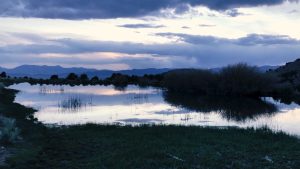
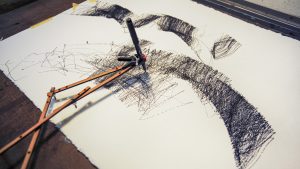

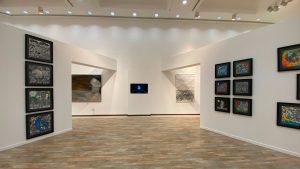
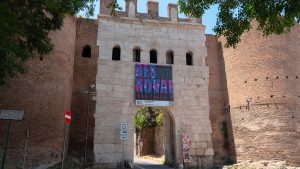

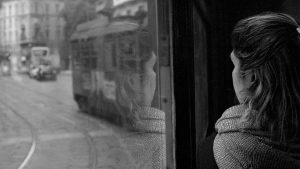
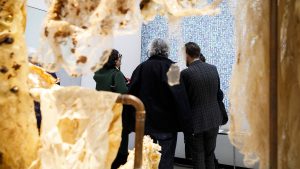
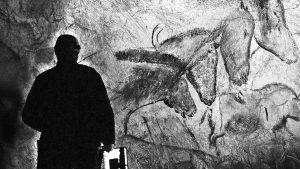
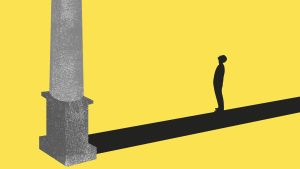


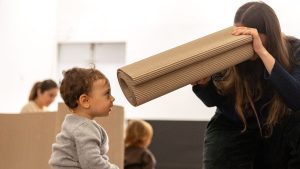


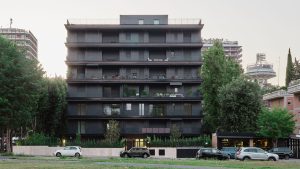
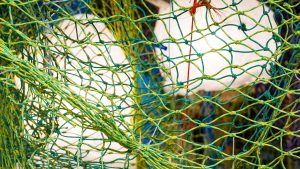
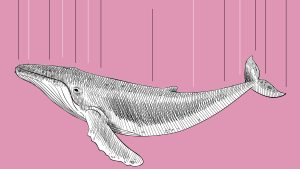

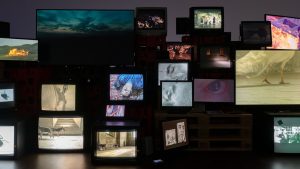
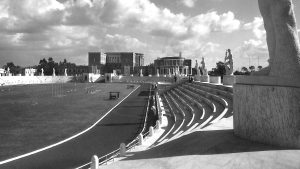
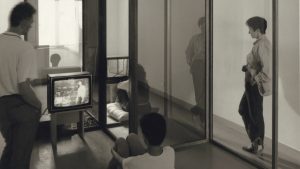
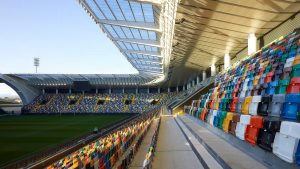
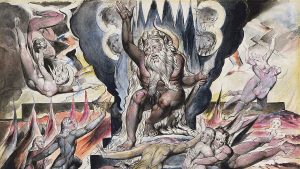
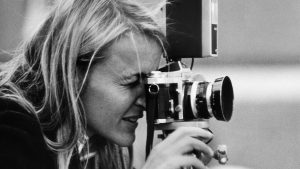
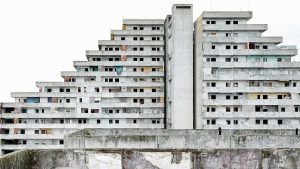
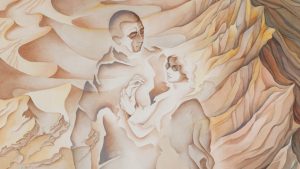

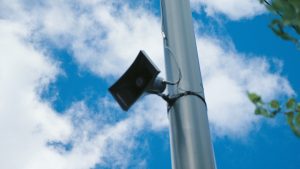

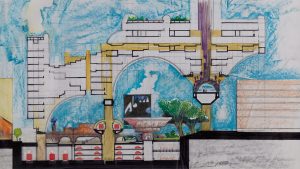
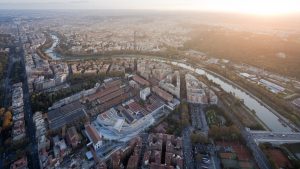
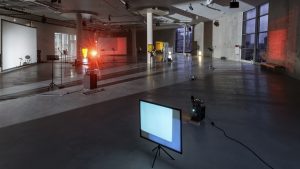
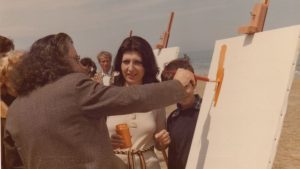
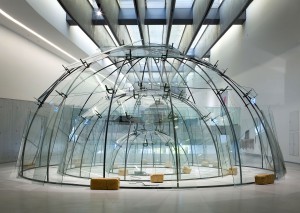
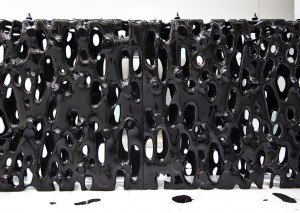
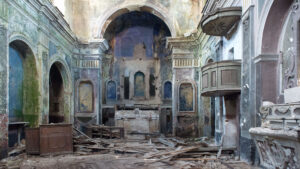

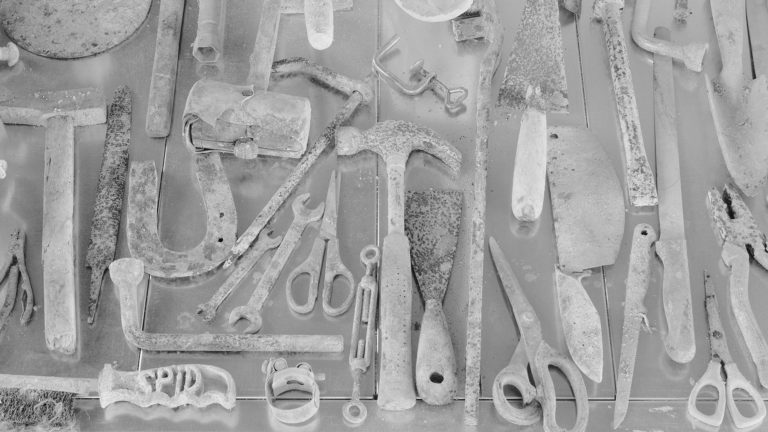
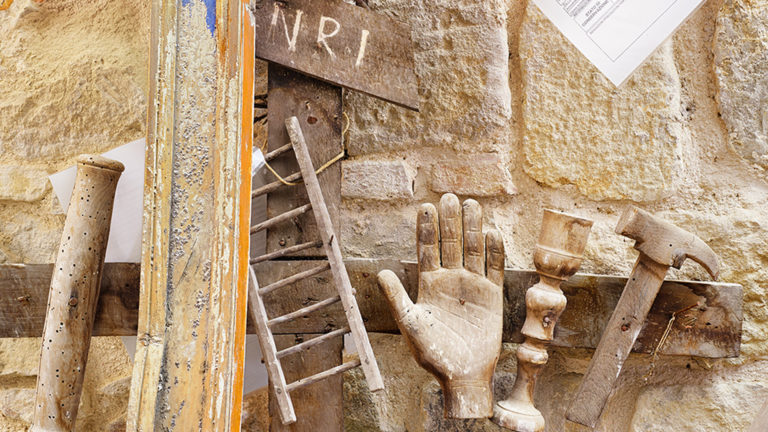
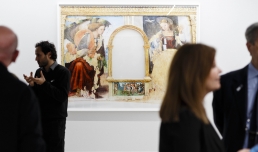
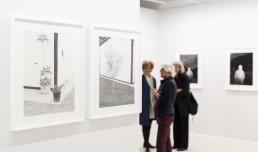
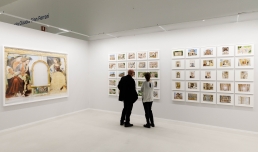
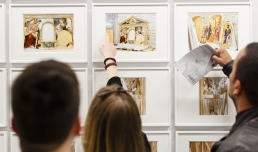
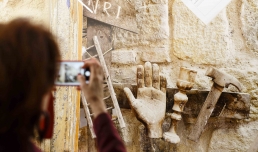
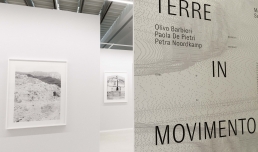
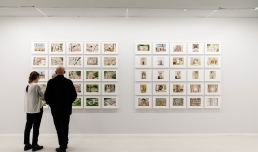
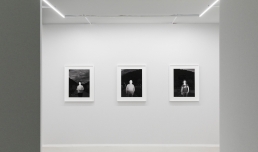
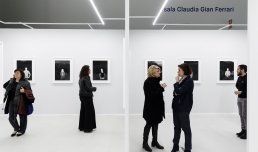
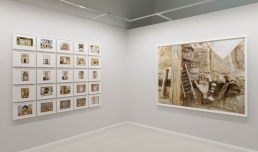
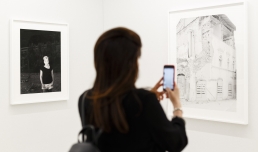
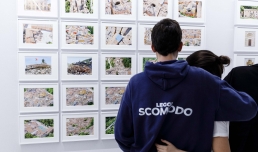
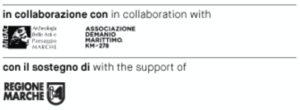
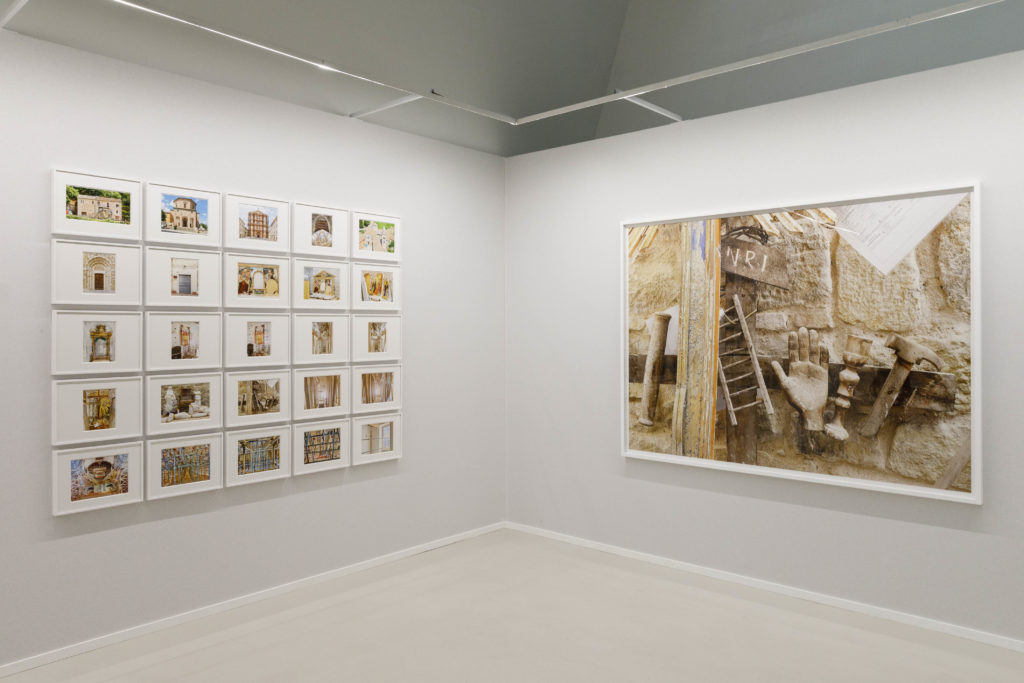
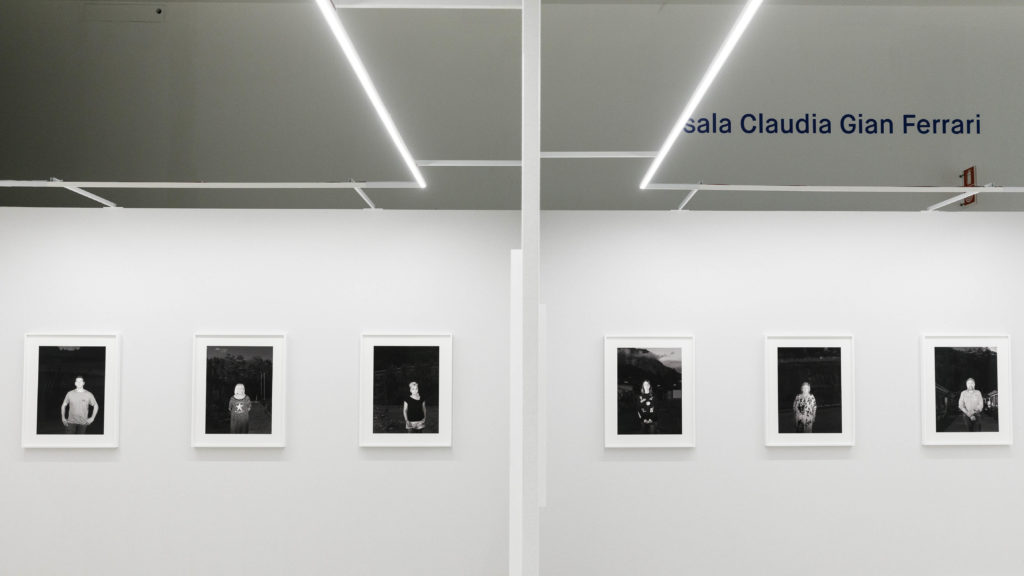
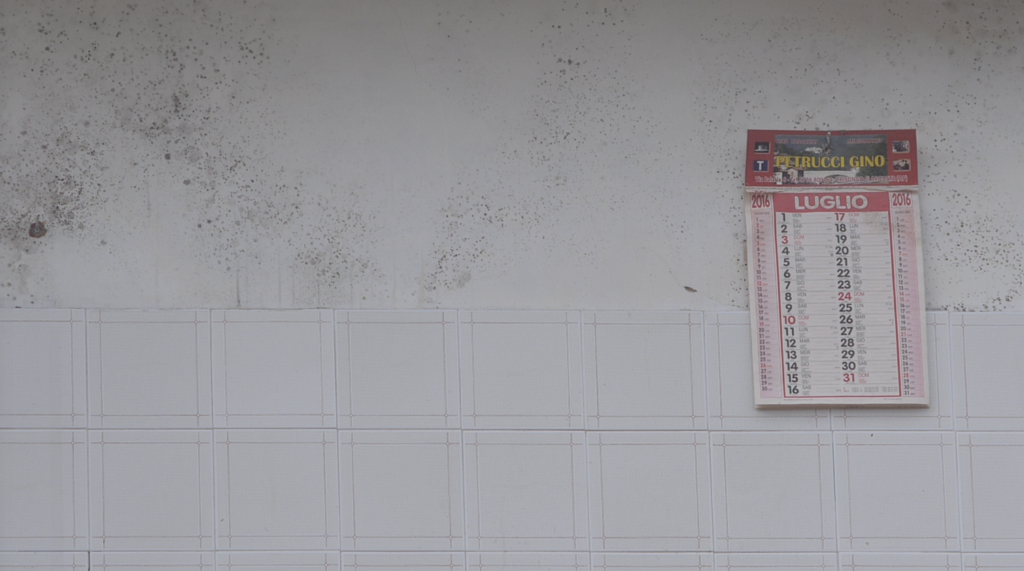
curated by Pippo Ciorra, Carlo Birrozzi in collaboration with Cristiana Colli
Three great photographers recount a changing landscape.
Olivo Barbieri, Paola De Pietri and Petra Noordkamp are the first artists involved in the Terre in movement project.
Three artist for a photographic commission surveying the landscape of the Marche region, promoted by the Superintendency forArchaeology, Fine Arts and the Landscape of theMarche and by MAXXI, that present an overview of the landscapes, works of art, ruins, new and fragile settlements and the people inhabiting them, in the area devastated by the 2016 earthquake.A selection of works from the project will be acquired for the MAXXI Collection.
SECTIONS
Olivo Barbieri
Paola De Pietri
Petra Noordkamp